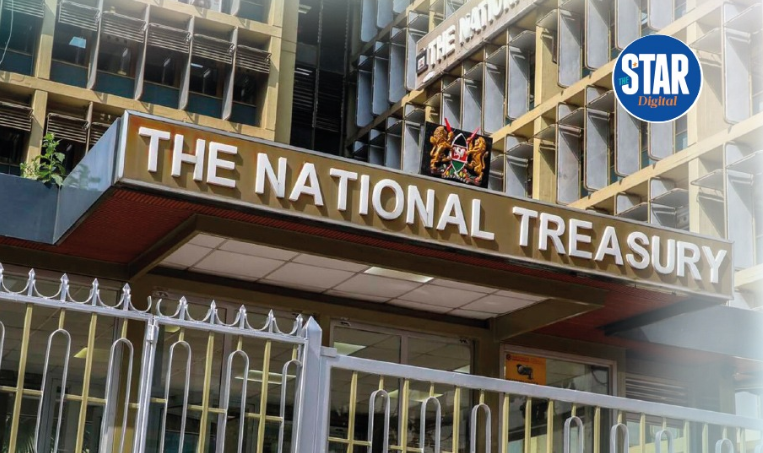

KENYA is going into talks with the International Monetary Fund (IMF) for a potential new funding programme that could include a lending component and anchoring of external debt repayments.
An IMF staff team, led by the mission chief for Kenya, Haimanot Teferra, is visiting Nairobi starting September 25 to October 9, to initiate discussions with the Kenyan authorities on a possible IMF-supported programme.
This is at the request of the Kenyan authorities, Teferra said in a statement ahead of the visit.
“The IMF remains committed to supporting Kenya in its efforts to maintain macroeconomic stability, safeguard debt sustainability, strengthen governance and promote inclusive and sustainable growth for the benefit of the Kenyan people,” Teferra said.
“We look forward to constructive engagement with the authorities and other stakeholders during our visit to Nairobi.
For the 2025-26 fiscal year, the government has allocated approximately Sh1.9 trillion for debt servicing, with Sh1.09 trillion for interest payments and Sh646.4 billion for principal debt payments.
This represents a
significant portion of the budget and is a key factor in the ongoing fiscal
pressure on the Kenyan government.
In March, Kenya and the IMF abandoned the final review of its last programme, and the government
did not receive the final tranche of its Extended Fund Facility and Extended
Credit Facility, worth $800 million (Sh103.3 billion).
The initial $3.6
billion (Sh465 billion) programme with the IMF expired in April.
Central Bank
of Kenya governor Kamau Thugge had earlier indicated the country
was keen to secure another facility, which would help advance the Bottom-Up
Economic Transformation Agenda (BETA) and align with the Kenya Kwanza
government’s priority projects.
The recently approved programme in April 2021 was designed to
support Kenya's economic recovery after the COVID-19 pandemic and reduce debt
vulnerabilities.
Kenya’s overall public debt stood at 66.6 per cent of GDP as of September 2024, exceeding recommended
thresholds and creating fiscal sustainability challenges.
A significant portion of the
2025/26 national budget is dedicated to debt repayment, with analysts highlighting it as a major expenditure, exceeding
allocations for key sectors like health and education.
Nevertheless, CBK projects the economy to remain resilient amid a fiscal
deficit cut projected at 4.8 per cent of gross domestic product in the current financial
year, compared with 5.7 per cent in 2024-25.
“The
growth of the economy is expected to pick up in 2025 and 2026, with real GDP
growth projected at 5.2 per cent
and 5.4 per cent
respectively, supported by continued resilience of key service sectors,
agriculture and recovery of the industrial sector,” Thugge said.
This outlook is, however, subject
to risks, including trade policy uncertainties and geopolitical tensions.
The National Treasury has since announced plans to
reduce the 2025-26 budget by at least Sh21.1 billion, signalling the first
supplementary adjustments for the financial year.
The revision, detailed in the Draft 2025 Budget
Review and Outlook Paper (BROP), lowers the government’s total spending target
to Sh4.269 trillion, down from the Sh4.291 trillion initially approved.
IMF requires Kenya to demonstrate revenue spending discipline, cut wastage mainly through corruption, enact new revenue-raising measures and fiscal consolidation, to unlock new funding.













